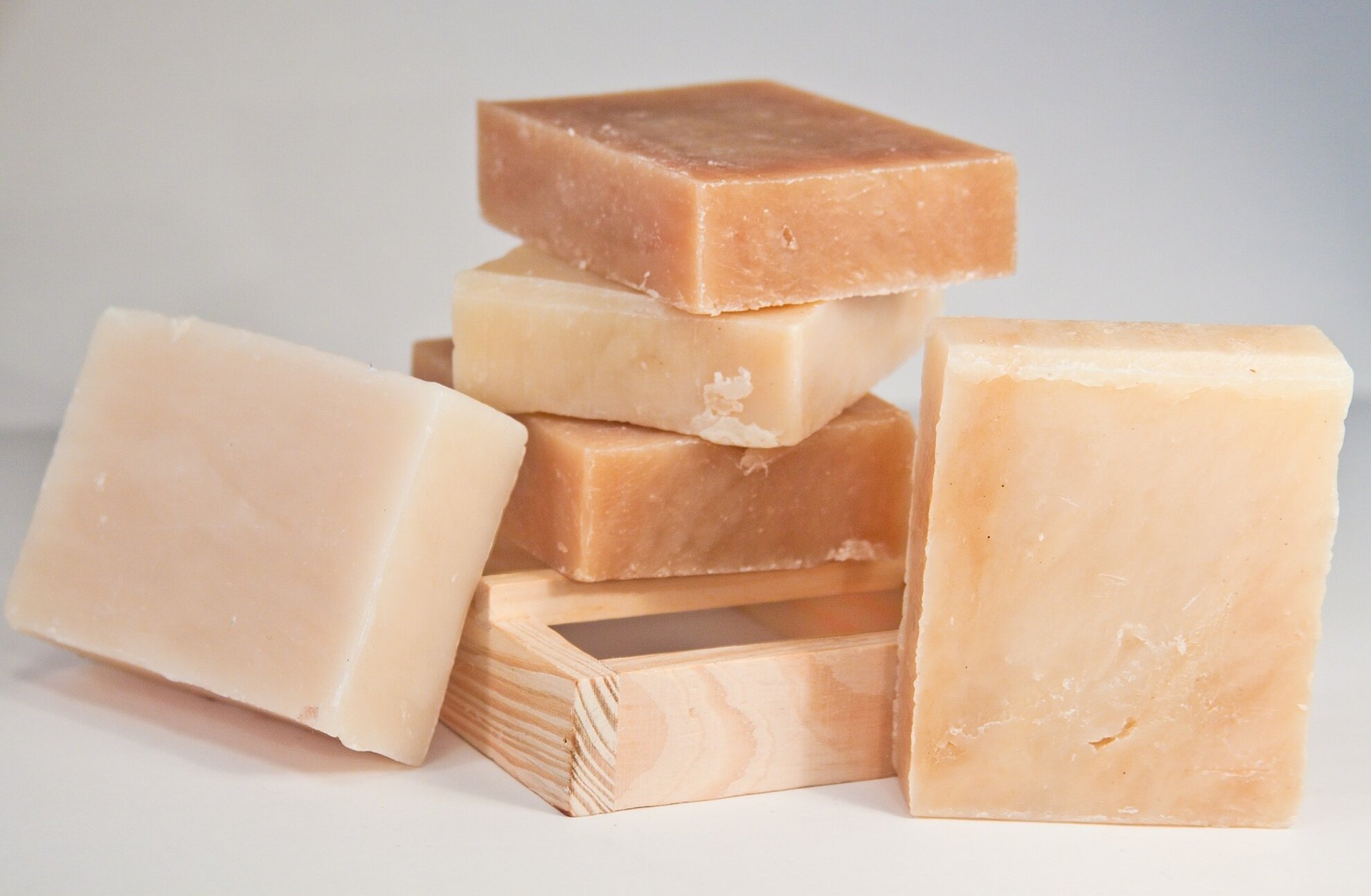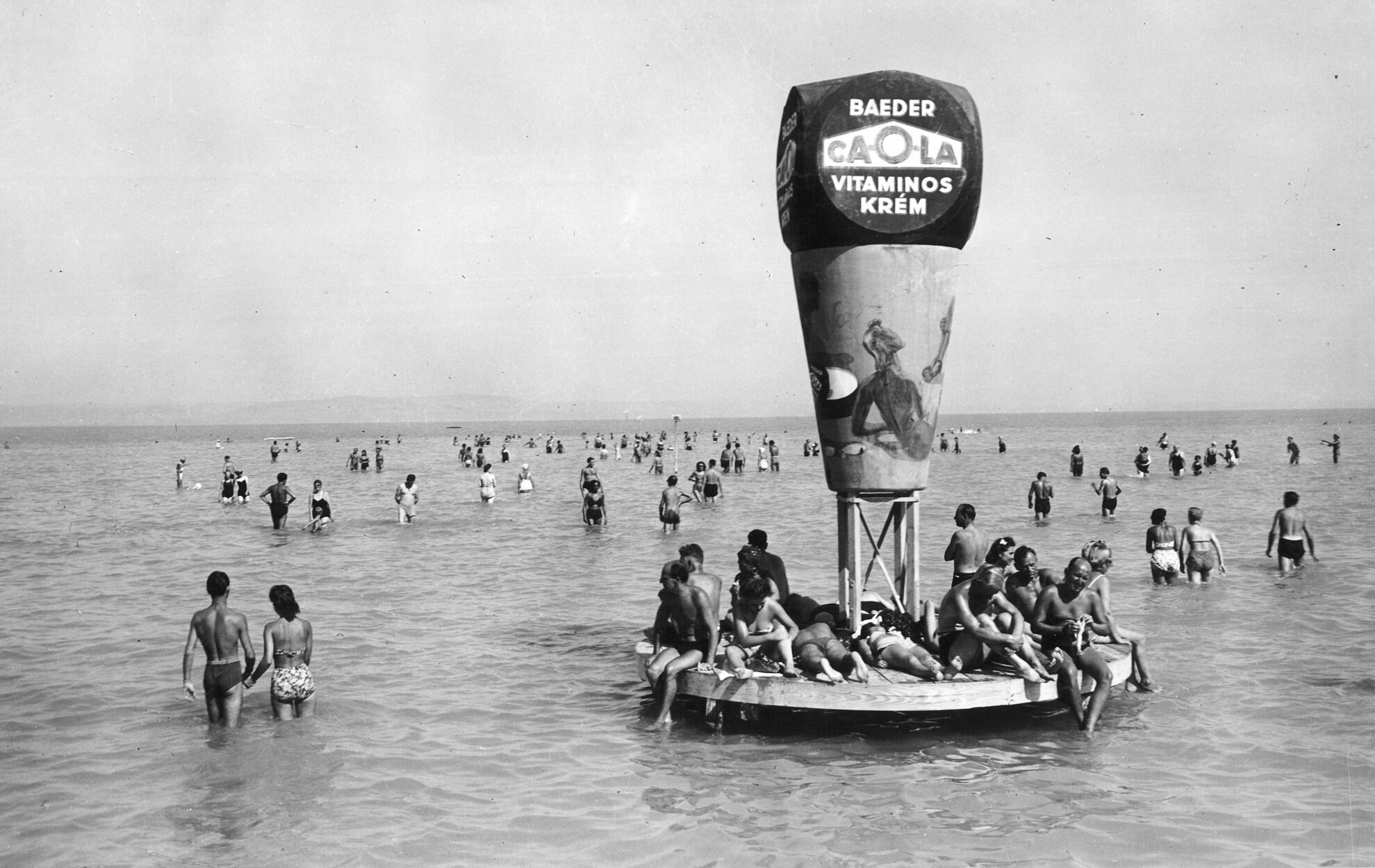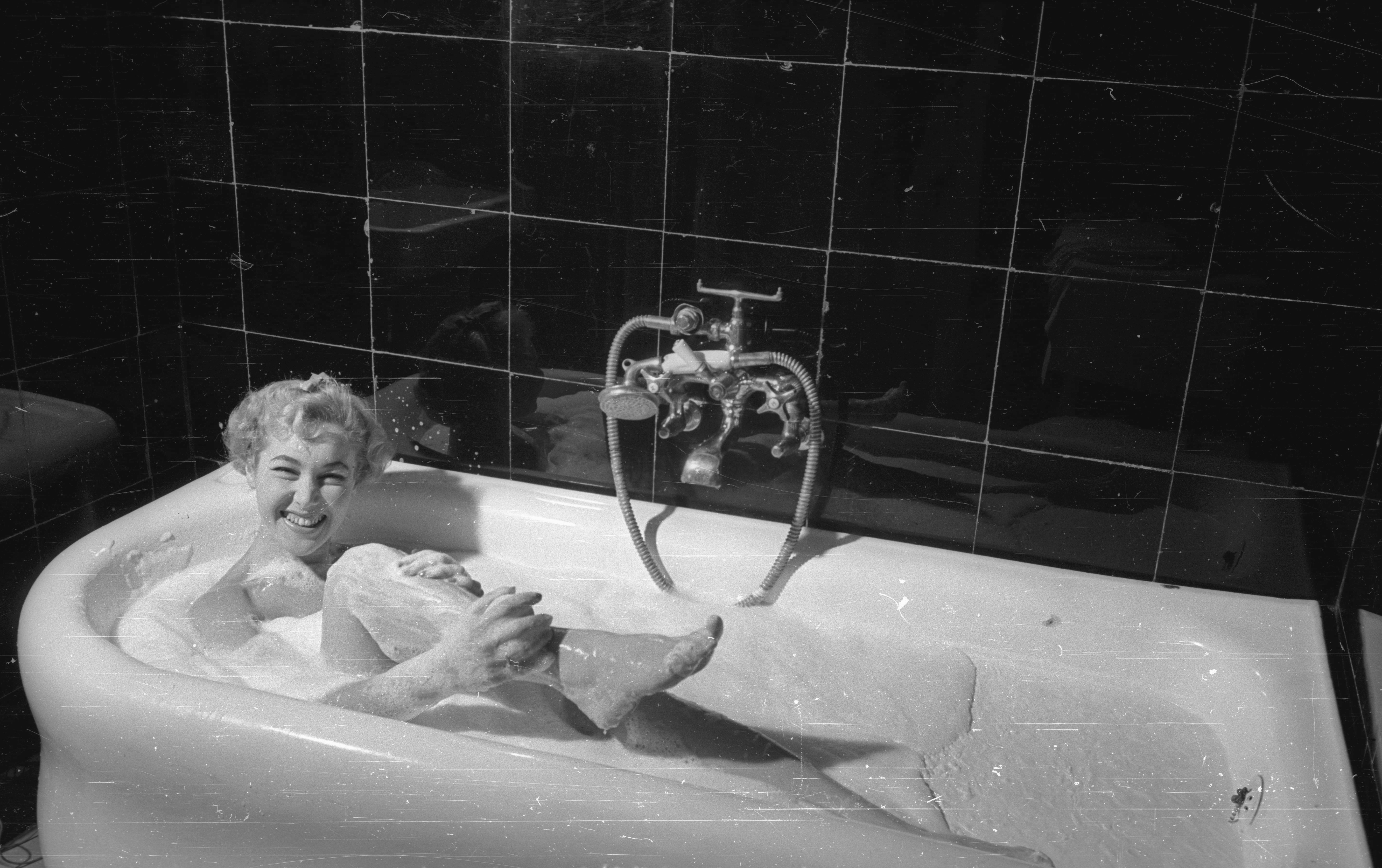Now that soap has assumed an unprecedented significance in our everyday lives, it’s time to take a look at its past, intertwined with the history of manufacturing in Budapest. Multinationals pushed out small workshops decades ago, but handcrafted cosmetics are now enjoying a golden age.
Keeping clean has been a basic human requirement for centuries, solved by generations using various means. The strong alkaline, cleansing effect of ash has long been known, it was also used by the Ancient Greeks and Romans.
Although they had an advanced body culture, they weren’t familiar with soap, but rubbed themselves with ash and oil. The Romans also used these to clean clothes, along with the bizarre additive of fermented urine because of its ammonia content.
In addition to ash, the ancient version of soap also required animal fats or tallow and by combining these, it was possible to obtain a suitable material for cleaning. In fact, any soap that can be made from animal or vegetable fats or oils – the point is to disperse the fats and other contaminants that stick to your skin.

According to the Roman writer Pliny the Elder, Gauls and Germans were already familiar with hard and soft soaps, not for washing but for bleaching their hair. It took a long time for personal hygiene to come into the equation. A high-fat, simple washing soap was suitable for human skin and textiles, while toilet soap was made from finer, better-quality animal fats or vegetable oils with a variety of additives, invented by the Arabs around 800 AD.
In Europe, the science of soap-making began in the Middle Ages. From the 14th century, an English-language recipe came up that prescribes ash, animal tallow, quicklime, salt and flour from the burning of oak to make soap.

We have already revealed how Hungarians were not at all the great unwashed as might have been thought, based on assumptions about the Middle Ages. From the 15th century onwards, soap-makers ran manufactories concentrated in guilds, obtaining tallow and fat from butchers. They tended to operate in the provinces, in Debrecen, Szeged and Sopron.
The development of soap production here is tied to the industrial boom, overshadowing small manufactories and soap-makers. The Hungarian cosmetics industry began with the establishment of the first factory in 1831. Master soap maker József Hutter then became one of the largest companies in the Hungary, his production line operated on Bajcsy-Zsilinszky út, selling its products in a pioneering factory in a pioneering way.
This small family business soon outgrew its limitations, becoming a joint stock company in 1906. By 1925, the company swelled into József Hutter Szappangyár-Olajipar Részvénytársaság (‘Soap Factory & Oil Industry Ltd’), with branches in Rákospalota. His famous toilet soaps included Blue-Red, 7 Flowers and Elida, and even LUX soap flakes were popular. Incidentally, his workers included soap maker Áron József, the father of revered poet Attila.
The revolutionary chemist
It is interesting to note that the key general in Hungary’s War of Independence of 1848-49, Artúr Görgei, contributed to the improvement of the soap industry with his chemical research. In Prague in 1847, he began to study the fatty acids of coconut, an important raw material in soap making, as it helps with foaming. His dissertation was being studied by professors in Vienna while he himself was hard at work fighting the Austrian enemy.

The first soap manufacturers added soap cooking to the production of other chemicals, candles, cooking oil, and glycerin. In 1840, József Jurenák and Frigyes Frőhlich, as well as Frigyes Drouville, founded a candle factory in Pest, where they also produced soap and washing powders on Soroksári út. In 1918, a soap, washing powder, chemical and cosmetics factory was also built in Albertfalva.
Caola – the brand without an r
In 1908, a new and very important character appeared, Hermann Baeder, who had studied soap-making and perfumery abroad, and opened his own laboratory on Jókai utca in District VI. Returning from World War I, he expanded his business, which he named after his silky little daughter. Karola had trouble pronouncing her own name, calling herself Kaola, thus the famous Caola brand was born. Its most sought-after products included Ovenall toothpaste, Caola soap and vitamin cream, and Exotic cosmetics, which were also exported to Czechoslovakia, Yugoslavia, Romania and Italy.
Under nationalisation after World War II, his company was merged to become the Budapest Perfume Factory. In 1961, this was further merged in the Perfume & Cosmetics Company, while Hutter founded the Elida factory as well as several other smaller plants. This large concern also owned the rights of the former Baeder products, from 1981 overseeing the Caola brands so familiar to generations of Hungarians, Baba, Gabi, Camea, Exotic, Opera, Amodent, Barbon, Ped, Bip, Komfort and Wu2.

These iconic cosmetics of Socialism suffered during the period following the régime change and intensified market competition. In 1997, the Caola brand name and most of the portfolio were sold, and the company name was changed to Caola-Alfa Cosmetics, with a much smaller range. In 2011, the company and the Caola product family returned to Hungarian hands as Caola Kozmetikai és Háztartás vegyipari Co.
It even began to manufacture retro products: Caola washing soap, Caola hand balm and red-branded Tükör window cleaner.
Today, it seems that after almost 180 years of monopolies, we are going back to the beginning. The popularity of small handicraft and cosmetic manufactories in Hungary remains unbroken.
Sources
Jenő Márkus: FATS, OILS, SOAPS. Chemistry and its Achievements. Budapest, 1940.
Chronology of the Hungarian Chemical Industry 1800-1950. Publications by the Hungarian Institute of Scientific Industry.
Anett Takács: Changes in Hygiene and Hygienic Habits between 1850 and 1920 in Hungary, with Special Regard to Budapest, ELTE BTK Doctoral School of Historical Sciences
István Szentgyörgyi: The Chemist Görgey and Pharmaceuticals, Ponticulus Hungaricus, July 1968
Sándor Szirmai: The Development of the Large-Scale Household Chemical and Cosmetics Industry in Hungary. Journal of Hungarian Chemists.
Manda National Digital Archive: Keep Clean Smartly, Time Travel with Hygiene,
Múl-kor.hu: How to make soap using medieval means?




